I'm playing around with the circuit below (it's a very slimmed down version of Figure 11.10 from High Power Audio Amplifier Construction Manual pg 348)
Can anyone explain what it is in the circuit that is causing the positive swing clipping at ~ 3V when I use a load of 4ohms.
When I use 50ohms the clipping goes away.
Many Thanks

